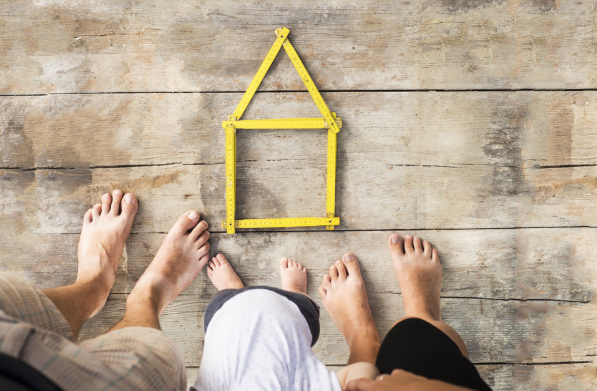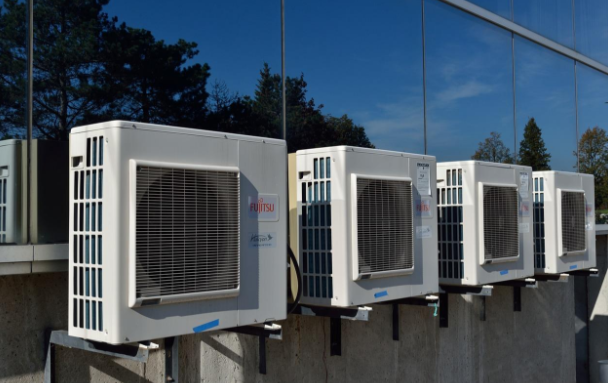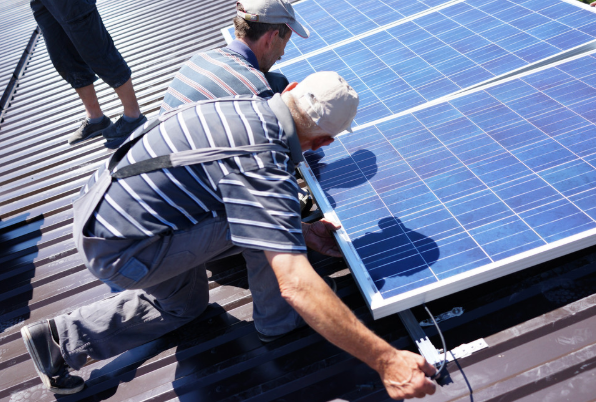Improving your home’s efficiency is one of the smartest investments you can make. Not only does it reduce your utility bills, but it also contributes to a more comfortable and environmentally friendly living space. The good news is that making your home more efficient doesn’t always require a costly renovation or high-tech equipment. There are several easy and affordable ways to reduce energy and water waste, many of which you can implement on your own or with minimal professional help.
Improve the Efficiency of Your Cooling System
Cooling systems account for a significant portion of energy use in American households. In fact, about 88% of homes in the United States use air conditioning, with about 66% of those using central air, according to the U.S. Department of Energy. Given their widespread use, ensuring your cooling system runs efficiently is a key part of reducing your overall energy consumption. One easy step is to regularly clean or replace air filters, which improves airflow and keeps the system from working harder than necessary.
You can also install a programmable or smart thermostat, which allows you to automate temperature settings based on your schedule. For example, raising the temperature a few degrees when you’re away from home can significantly cut energy usage. Another tip is to ensure your outdoor AC unit is clear of debris and properly shaded. These changes might seem small, but when combined, they can lead to significant savings over the course of a hot summer season.
Stop Water Waste by Fixing Hidden Leaks
Water leaks are one of the most overlooked sources of inefficiency in the home. A dripping faucet or a slow leak in a toilet tank might not seem like a big deal, but over time, they can add up to a significant loss. According to This Old House, the typical home wastes about 10,000 gallons of water eachyear due to undetected or unrepaired leaks. That’s enough water to fill a backyard swimming pool.
The first step in reducing this waste is to inspect all areas where leaks commonly occur—such as under sinks, around toilets, near water heaters, and along hose bibs. Replace worn washers, gaskets, or faulty plumbing components promptly. You can also install water-efficient fixtures like low-flow showerheads and dual-flush toilets to reduce water consumption. Monitoring your monthly water bill for sudden increases can also alert you to hidden leaks that might otherwise go unnoticed.
Seal Heating and Cooling Ducts for Better Airflow
One area that many homeowners overlook when trying to improve energy efficiency is their ductwork. If your home uses a forced-air heating and cooling system, then your ductwork plays a crucial role in delivering conditioned air throughout the house. Over time, ducts can develop leaks or become improperly sealed, especially in older homes. This results in a significant loss of conditioned air and forces your HVAC system to work harder to maintain a comfortable temperature.
According to This Old House, sealing ducts properly can improve your HVAC system’s efficiency by up to 20%. To achieve this, use mastic sealant or foil-backed tape (not duct tape) to seal gaps, joints, and seams in your ductwork. In addition, insulate any exposed ducts in unconditioned spaces like attics, basements, or crawl spaces. These simple fixes can have a big impact on your home’s comfort and energy bills—especially during peak heating and cooling seasons.
Upgrade Insulation and Windows for Lasting Efficiency
Insulation and windows are critical components of your home’s building envelope, and when they are underperforming, your heating and cooling systems must work overtime. Upgrading insulation—especially in attics, walls, and crawl spaces—helps maintain a consistent indoor temperature and minimizes the workload on your HVAC system. It also reduces drafts and hot or cold spots, making your home more comfortable year-round.
Windows can also be a major source of energy loss. Single-pane windows or windows with poor seals allow conditioned air to escape and let outdoor air in. Consider upgrading to double-pane or energy-efficient windows with low-emissivity (low-E) coatings.
Making your home more efficient doesn’t have to be complicated or expensive. The key is to identify where your home is losing energy or water and take practical steps to address those issues. These small but powerful improvements can add up to big benefits—both for your wallet and for the planet.










